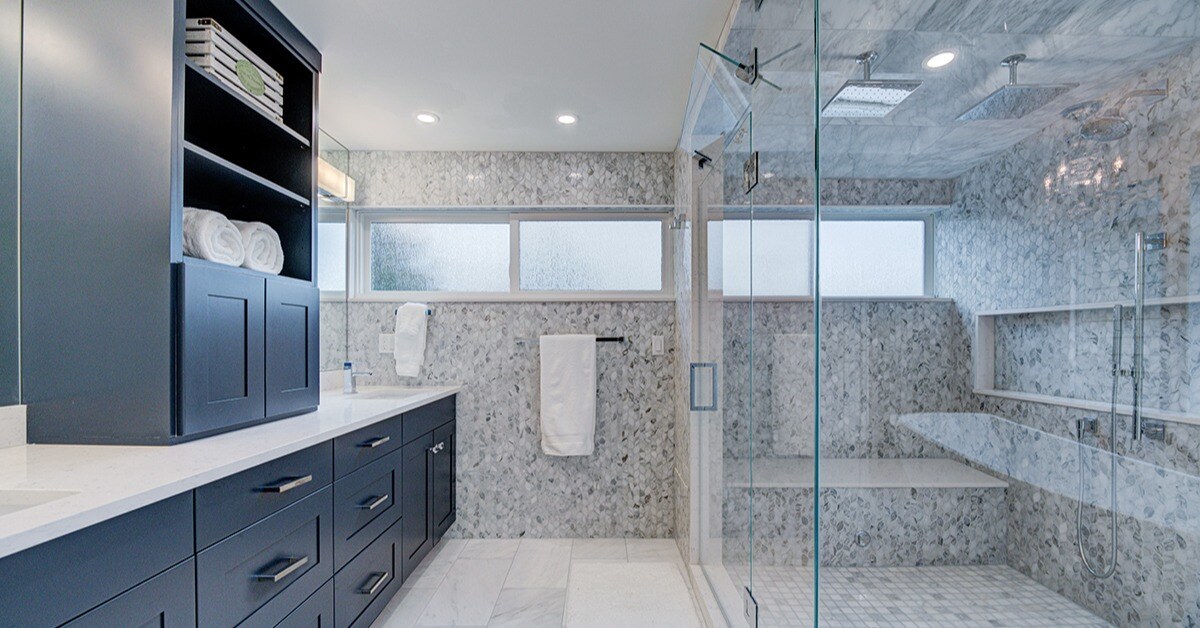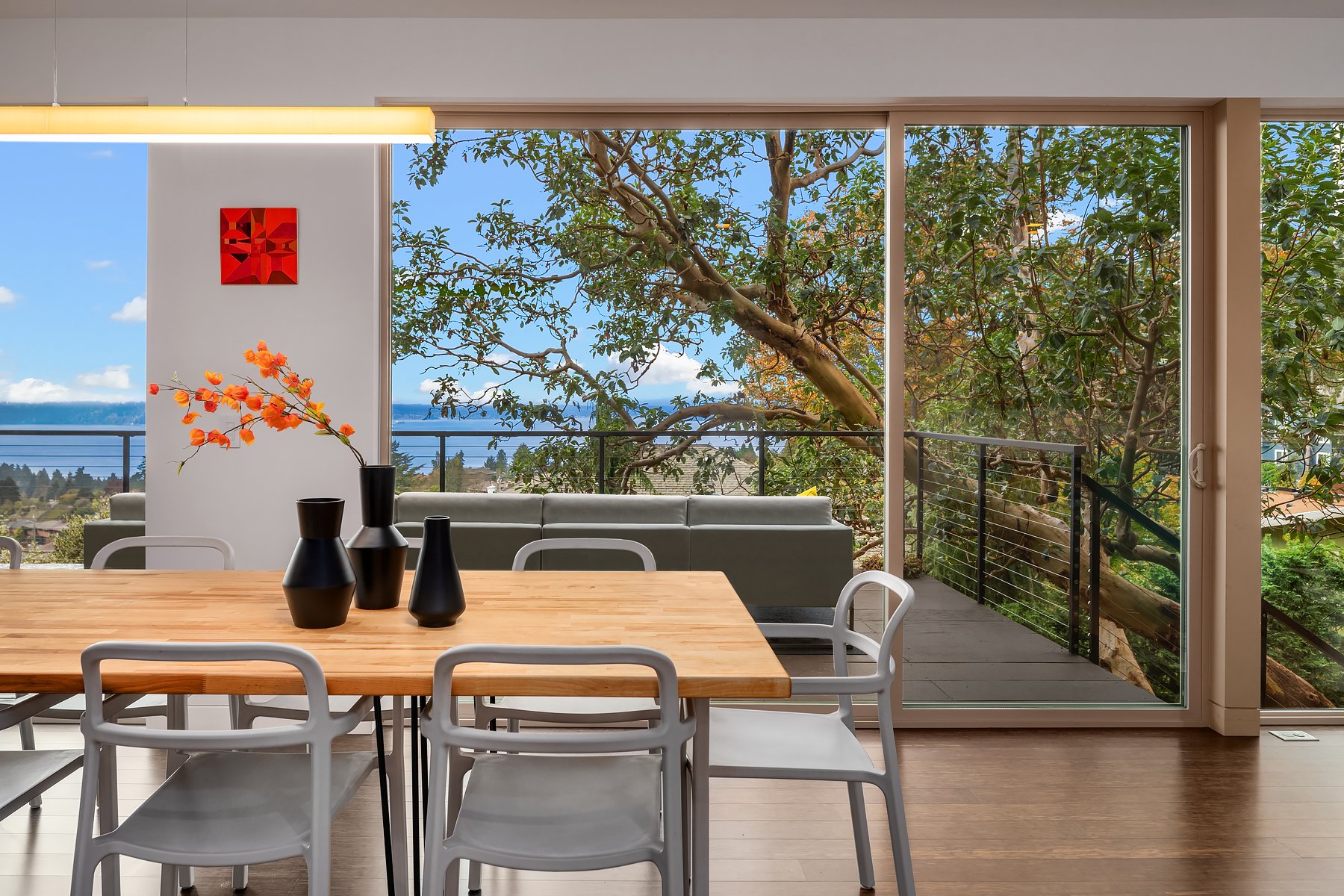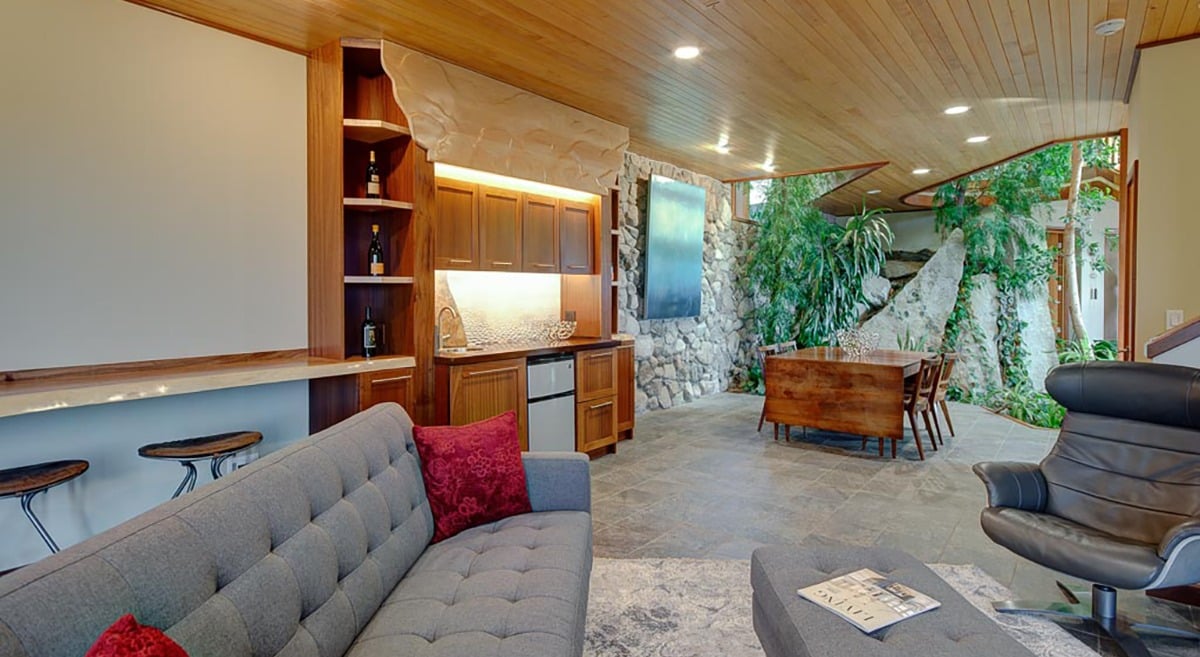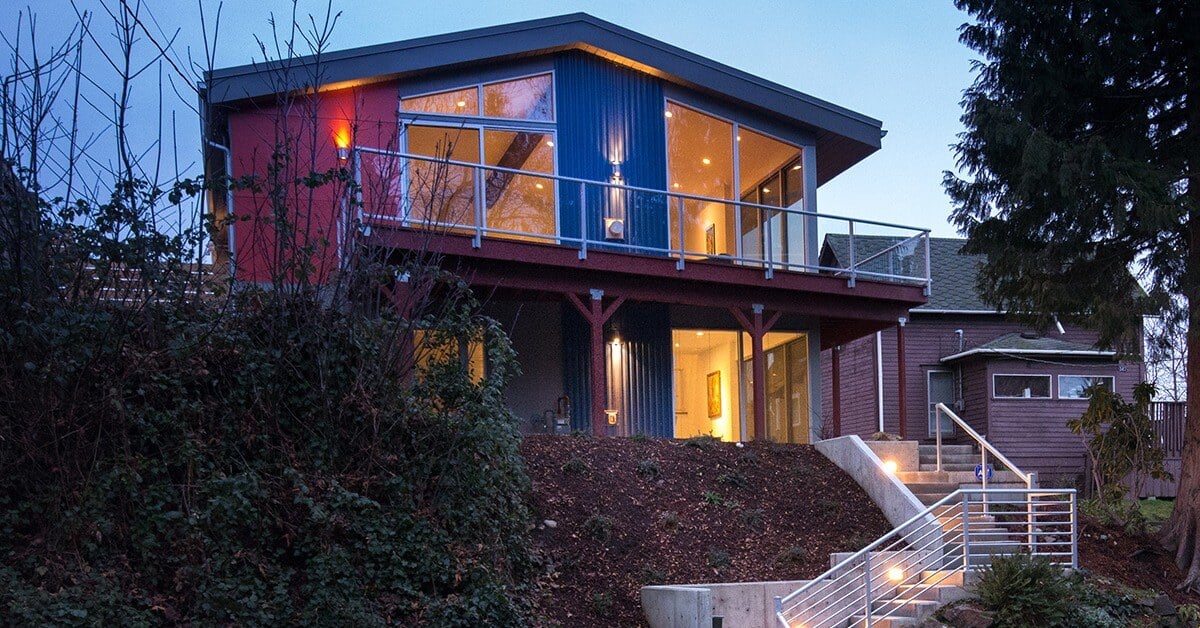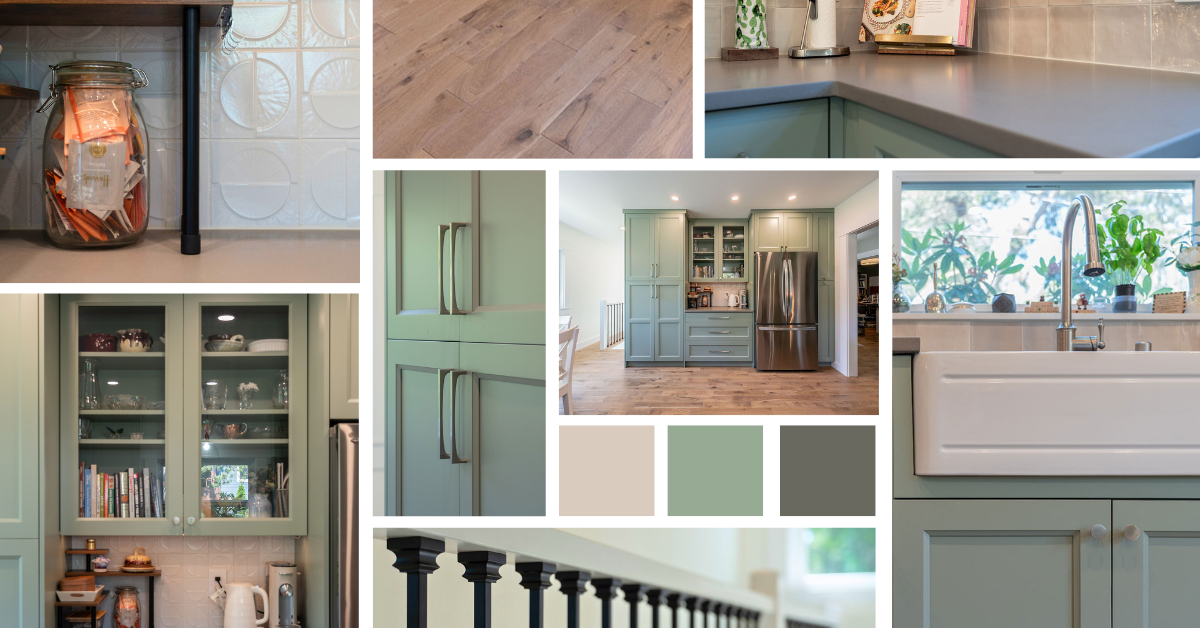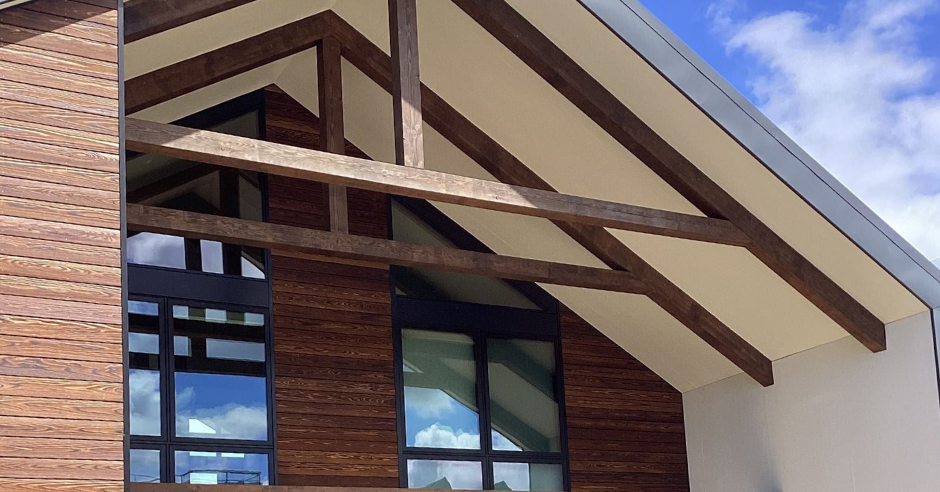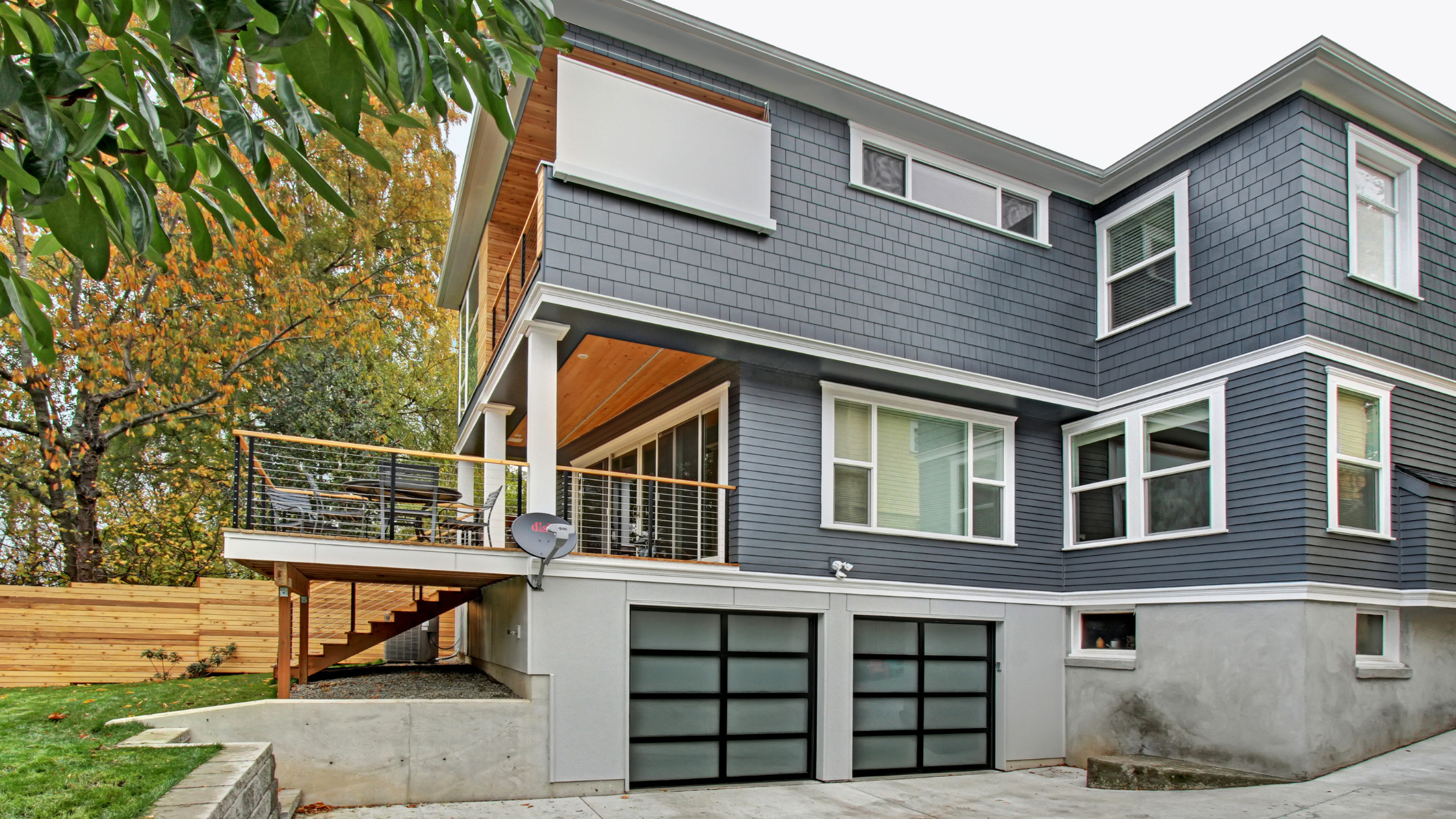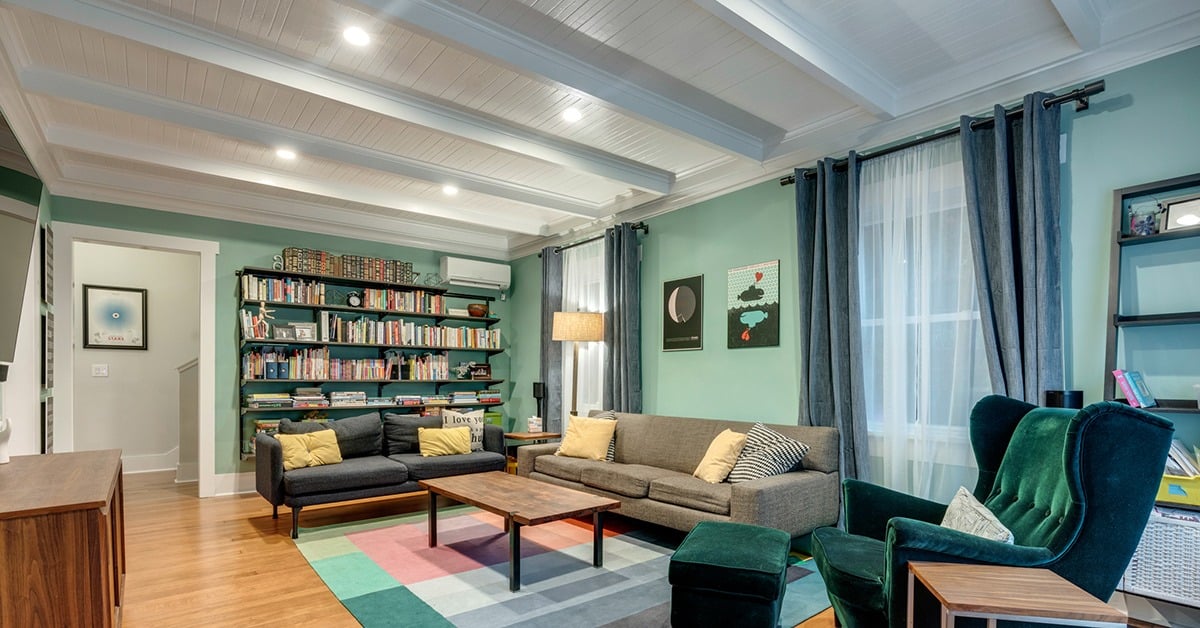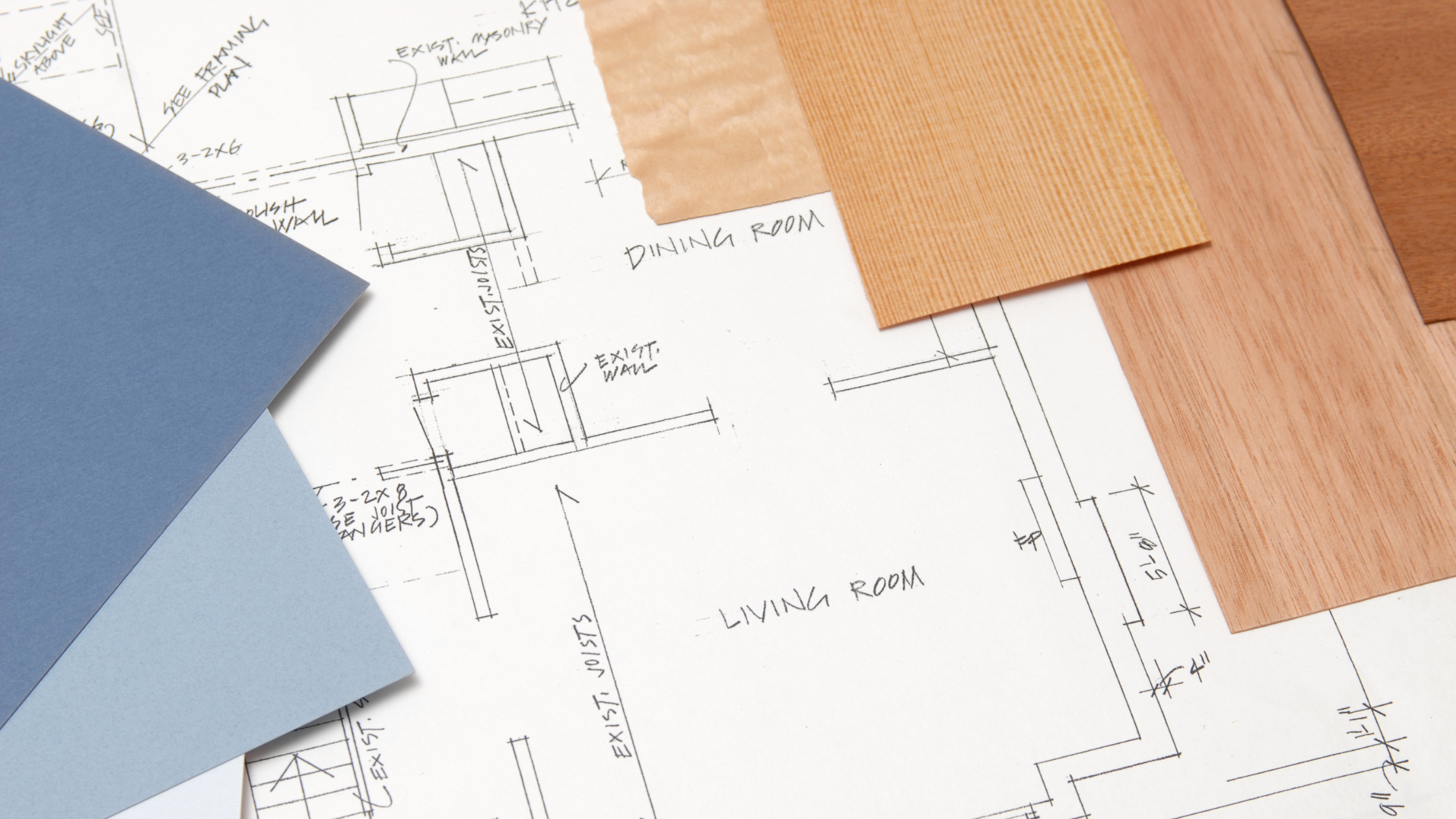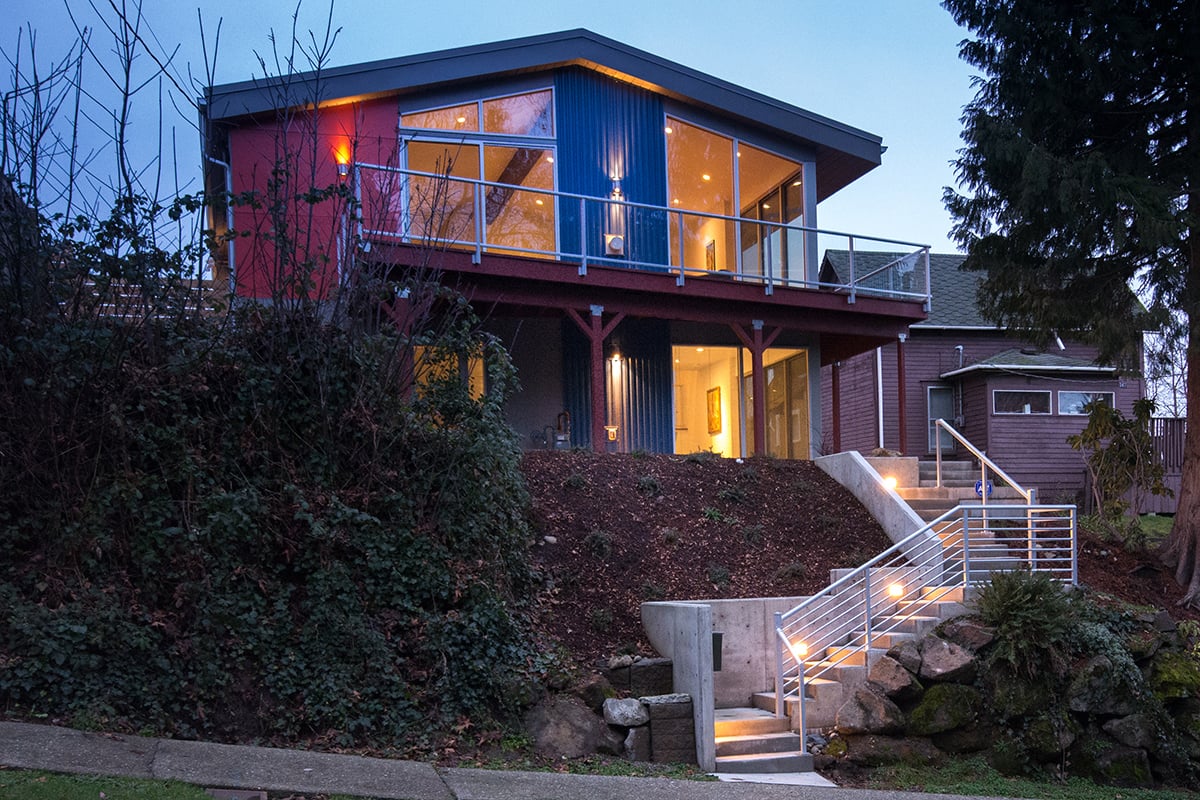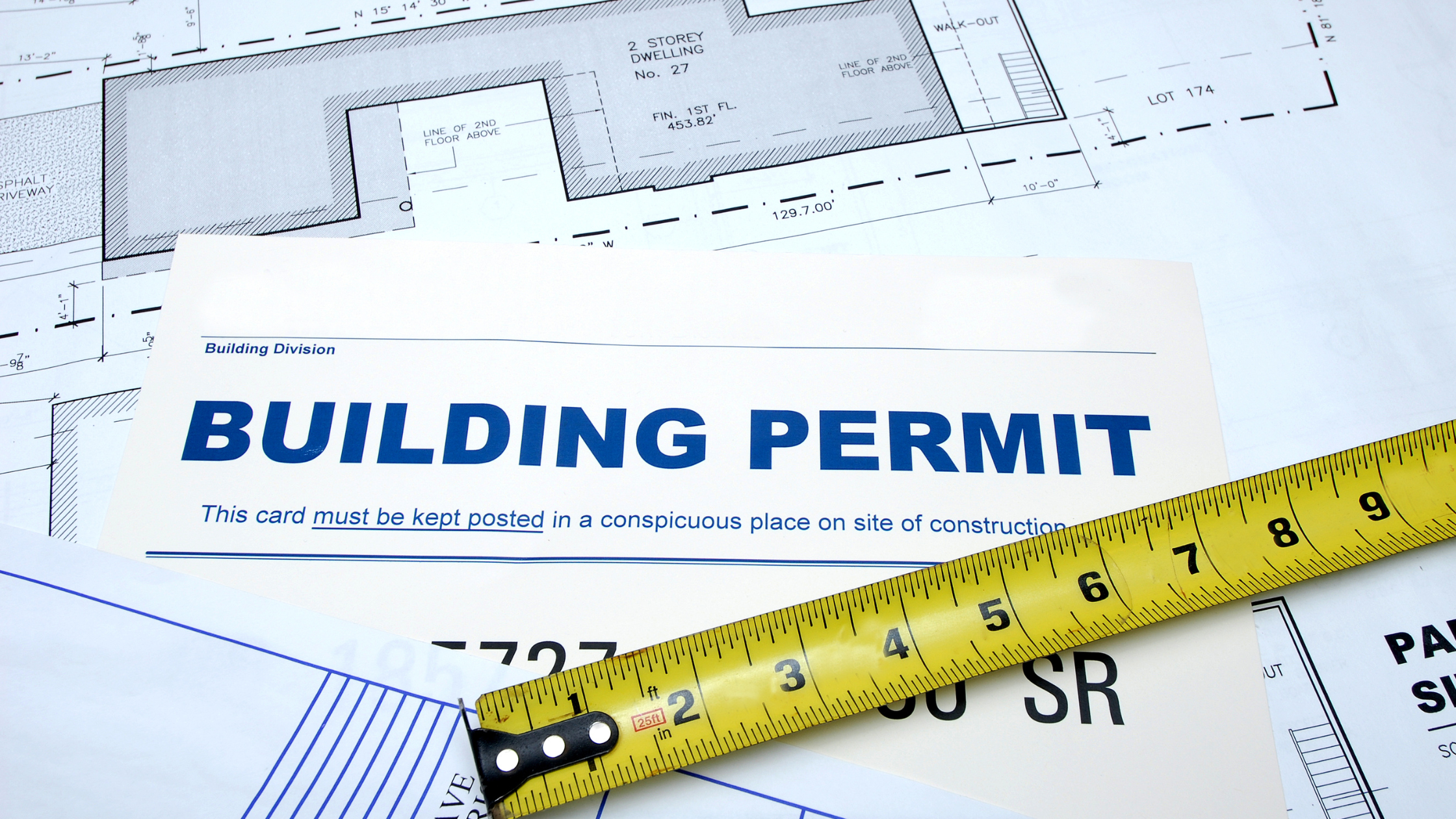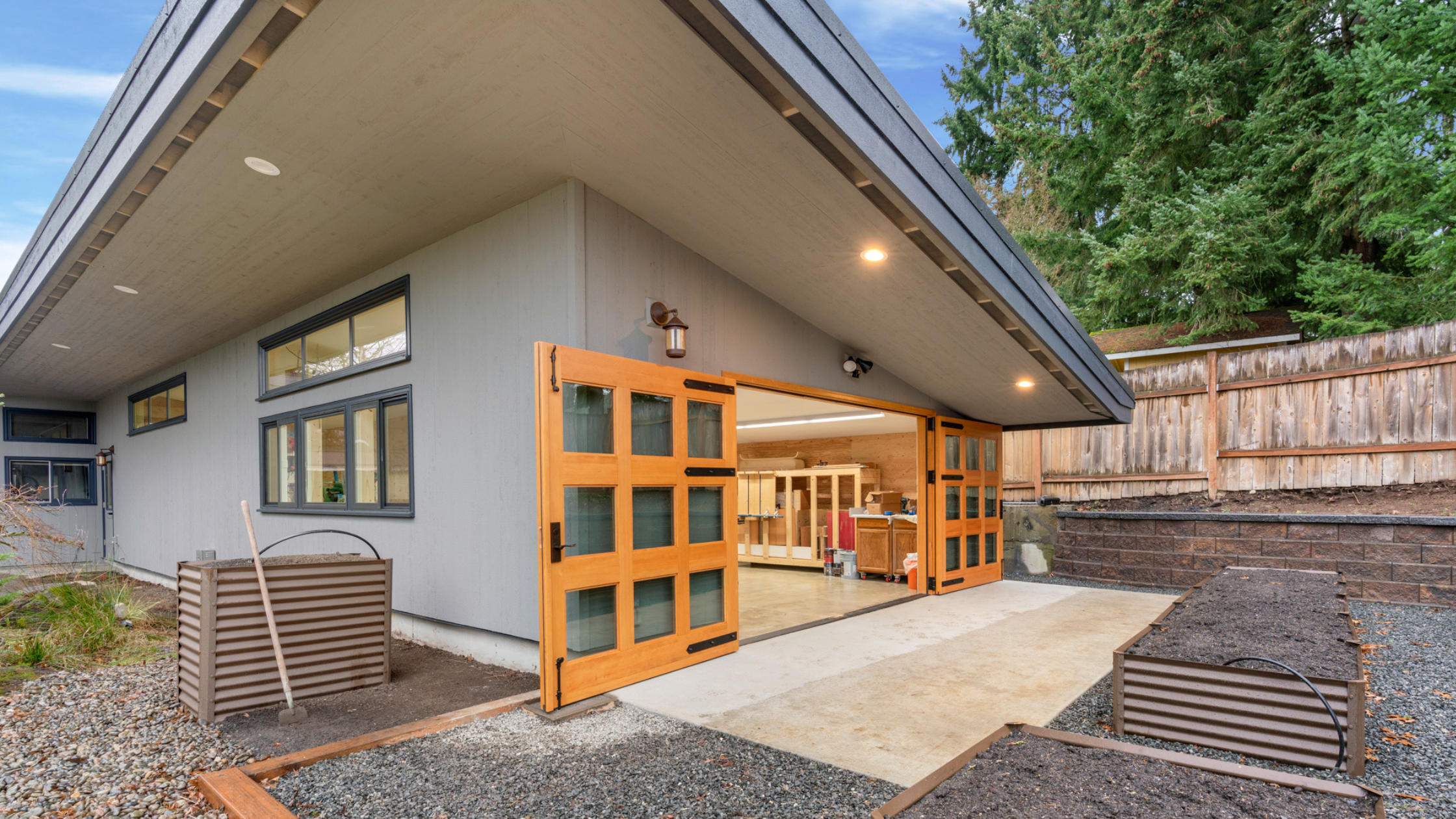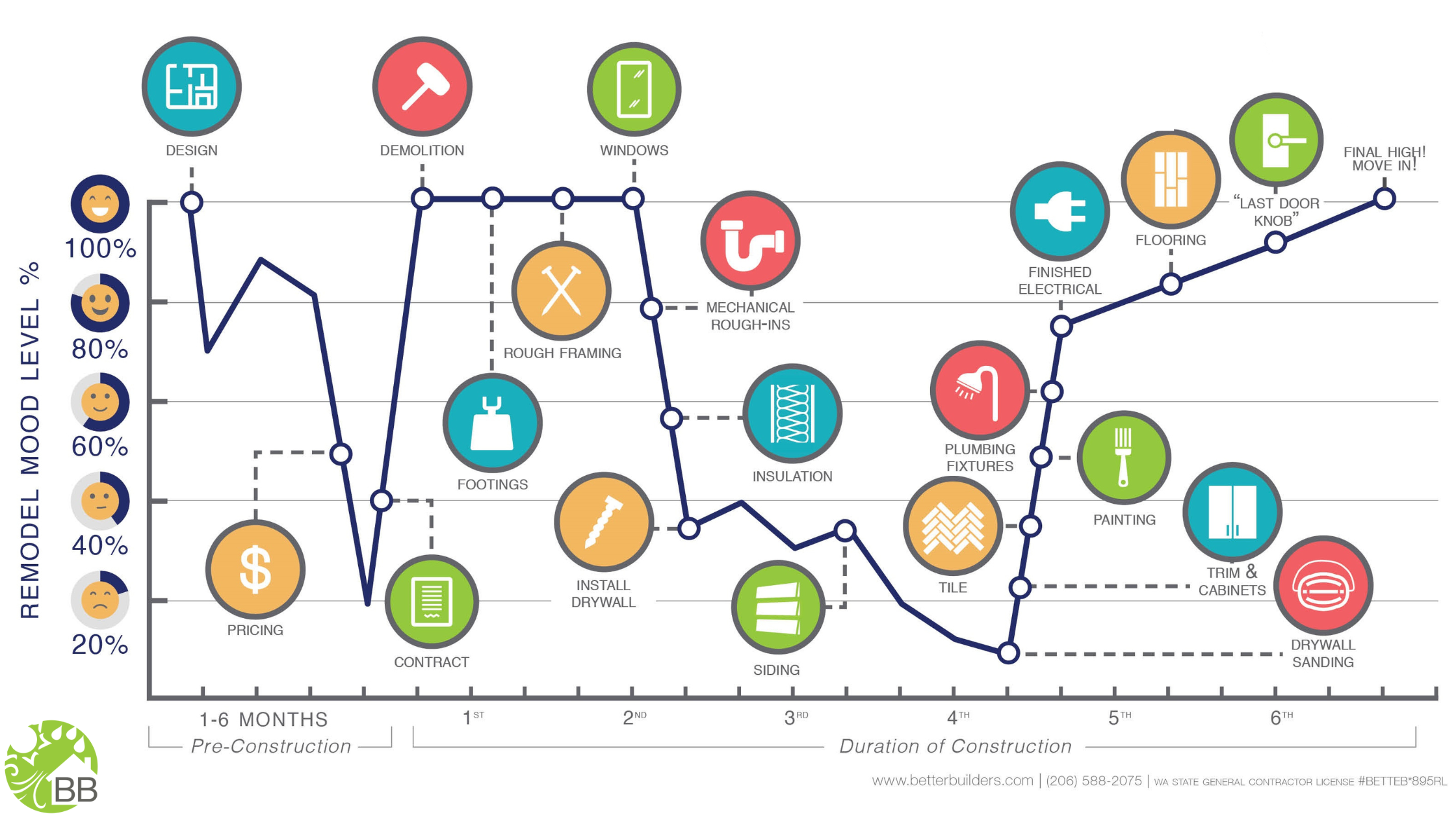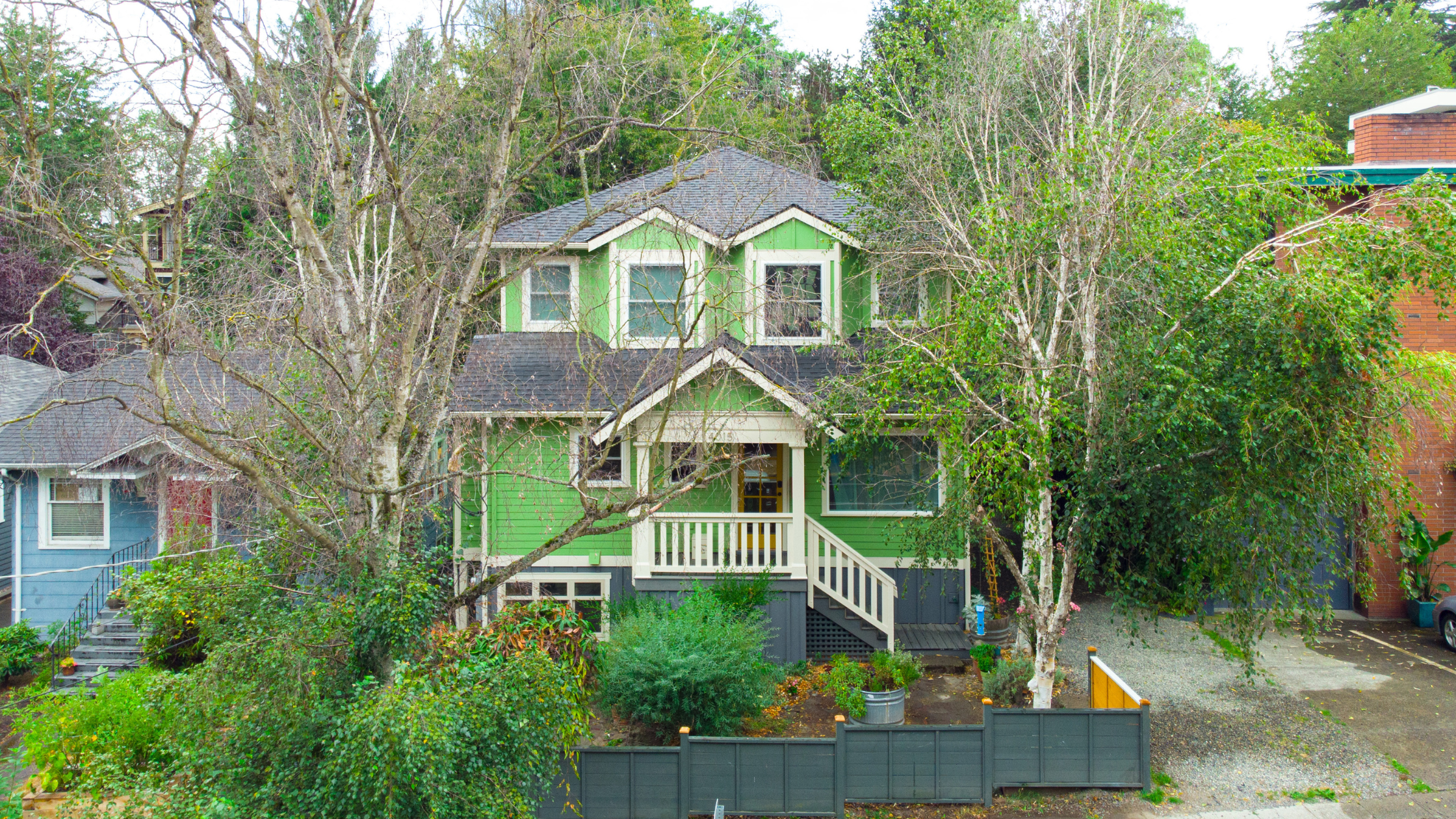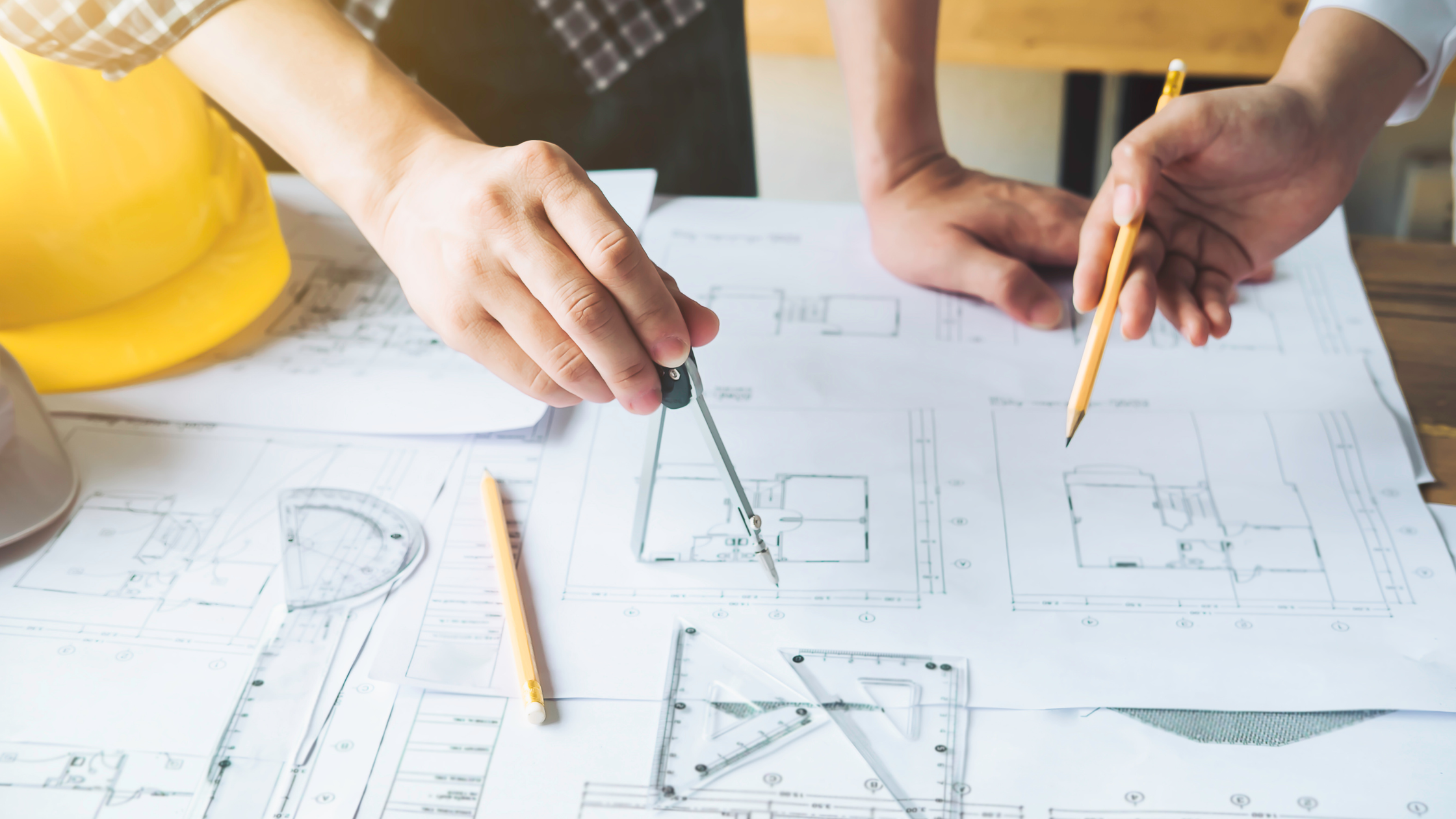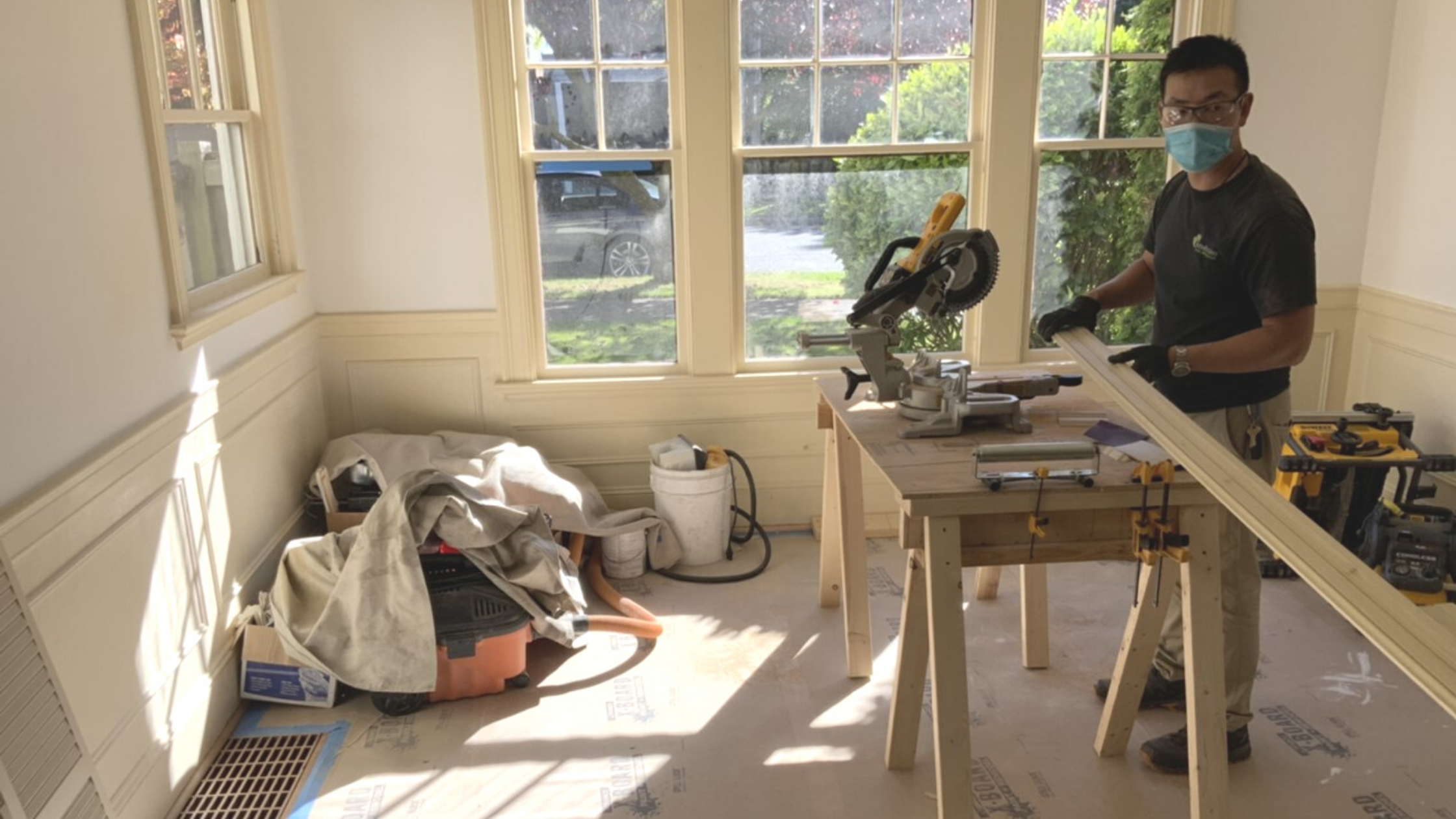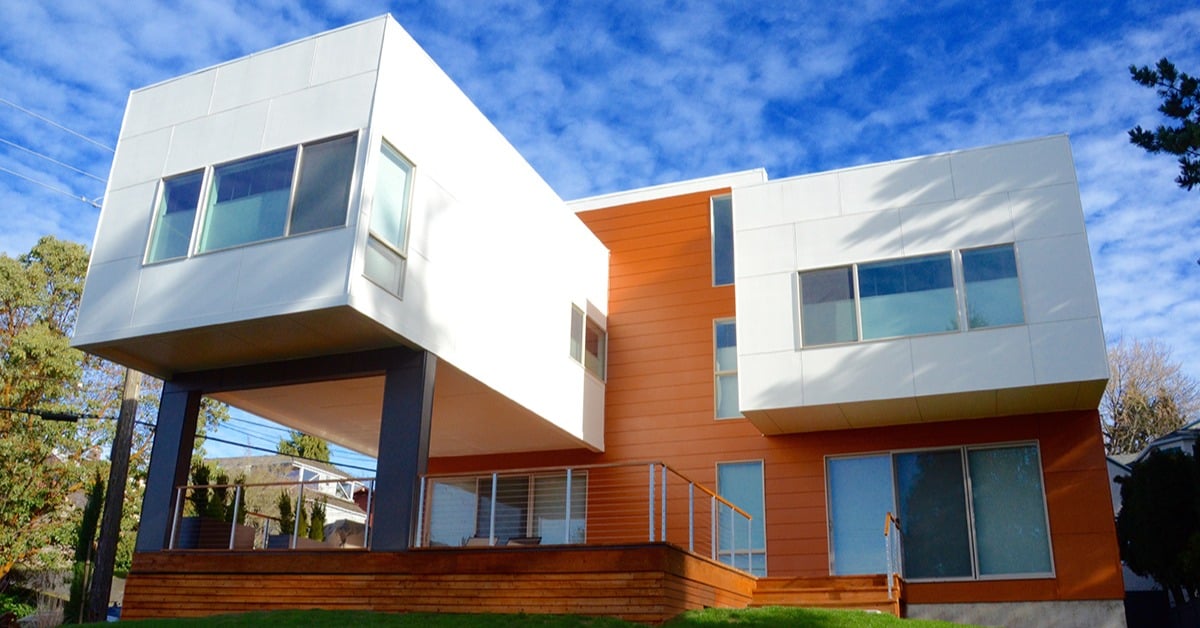Taking on a home remodeling or new build project can be a daunting task. The first hurdle to cross is figuring out where to start. Oftentimes, homeowners decide to dive straight into the home design process because it’s the fun part where dream homes are documented and planned.
This could mean that the homeowners start the architectural design work and find a general contractor after the fact. The problem with this scenario is that it often turns into a situation where the homeowner discovers that the beautiful home they spent hours designing (and countless dollars) isn’t within their budget actually to build, or the design can’t be built to be structurally sound.
When starting your remodeling or custom home building journey, it’s important to know there are three main routes you can take: designer or architect, general contractor, or design-build general contractor.
To help you understand which route to take, we’ve rounded up the top reasons to involve a general contractor in the home design process from the beginning.
What’s the Difference Between a Designer and a Contractor?
When you begin the house design process, you most commonly deal with an architect or an interior designer, depending on the scope of your project. Architects typically take on larger projects involving structural changes, often involving a structural engineer as well. Interior designers can manage minor structural changes but are more focused on spatial planning, design ideas, and selections (tile, cabinetry, paint, etc.). The general contractor is going to be responsible for executing the building process of the project. General contractors take the finished house plans, assemble their team of craftspeople, and make the construction drawings a reality.
When homeowners engage with a design firm that only provides home design services, the typical outcome is a final design that may or may not include the required building permits and the help to acquire them. This could mean that the homeowner hands over hours' worth of planning time (money) to a general contractor only to find out that the blueprints need to be significantly revised. The homeowner would then have to take their construction documents and go back and forth between the designer or architect and the contractor, leading to additional design time, wasted time, and additional costs.
The best way to mitigate these potential problems is to involve a contractor in the initial design phase or, better, work with a design-build contractor.
Understanding the Home Design Process: What Does Design-Build Include?
A design-build firm is truly a one-stop shop. Design-build covers the entire home design and construction process, from initial design plans all the way through to turnkey, move-in-ready occupancy.
When working with a design-build firm, the process typically starts with an initial meeting to discuss the homeowners' ideas, goals, budget, and what is feasible in terms of build capability. This is a foundational step that ensures the project is successfully brought to life to meet the homeowner’s expectations.
The second step within the design phase includes schematic design development. This is where the design-build firm would illustrate the desired design concepts with spatial relationships and measurements with a drawing. The final outcome of the design process would include a permit-ready plan, a detailed scope of work, and a full list of selections. All the while, the team responsible for executing the build is involved every step of the way.
Once the design is complete, the package is handed off to the production team, which includes labor, materials purchasing, project management, and anything else required to build the project.
What is the Advantage of Design-Build?
The main advantage of working with a design-build firm is that when you are working through design with the company that is going to build it, they will ensure the design is created so that it can feasibly be built and it’s within your budget—lessening the risk of designing a project that can’t be followed through. Less potential for rework equals less risk of wasted money on construction costs.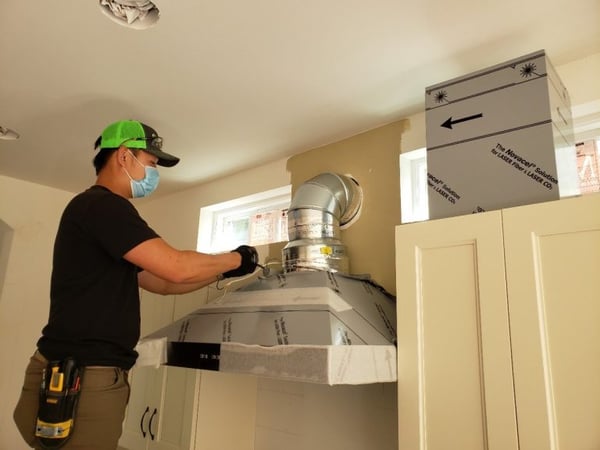 Typically, a stand-alone design team will structure an agreement based on how long they think it will take them to complete the design work. If the homeowner changes their mind or revisions need to be made down the road, designers will often tack on additional charges on top of the original agreement. This can get very expensive.
Typically, a stand-alone design team will structure an agreement based on how long they think it will take them to complete the design work. If the homeowner changes their mind or revisions need to be made down the road, designers will often tack on additional charges on top of the original agreement. This can get very expensive.
Allowing the design-build general contractor to be a part of the design process provides the opportunity for the general contractor to be intimately involved with the project step-by-step. This enables the final product to be a perfect balance of the client’s wants and needs–ensuring the homeowner’s dreams come to life while simultaneously being on a budget.
Another advantage to using a design-build firm is that the homeowner can leverage the design-build contractor’s experience and knowledge when it comes to material purchasing and component selection. Design-build contractors typically purchase the materials and components for a remodel or custom home build and have specialized knowledge of the cost of goods, material lead times, what’s back-ordered, etc.
When homeowners complete design work first using an architect or design-only firm and take the plans to a contractor, they are often surprised that the contractor is unable to start on the project immediately. Unfortunately, today’s reality is that contractors can be booked out for 6 - 12+ months. If the homeowner chooses a design-build contractor from the get-go, the design-build firm can plan so that the timeline of design to construction is kept together.
Get Your Home Design Project Started Right
To protect yourself from additional costs, rework, wasted time, disappointment, and frustration, it’s best to include a general contractor within the design phase, or better yet, use a design-build contractor who can provide a holistic and streamlined approach. While design firms and architects are important, it’s necessary to understand that they specialize in steps of the process, as opposed to design-build contractors who are experts at the entire process.
It is recommended that anyone looking to build or renovate get a contractor involved with the design process as soon as possible to allow for the end product to be on budget, on schedule, and feasible. If you aren’t already working with a designer, consider finding a design-build contractor to work through the whole process with you.
Download the eBook, "The Homeowner’s Guide to Planning a Remarkable Renovation" to discover how you can plan a remarkable renovation project from the very beginning.

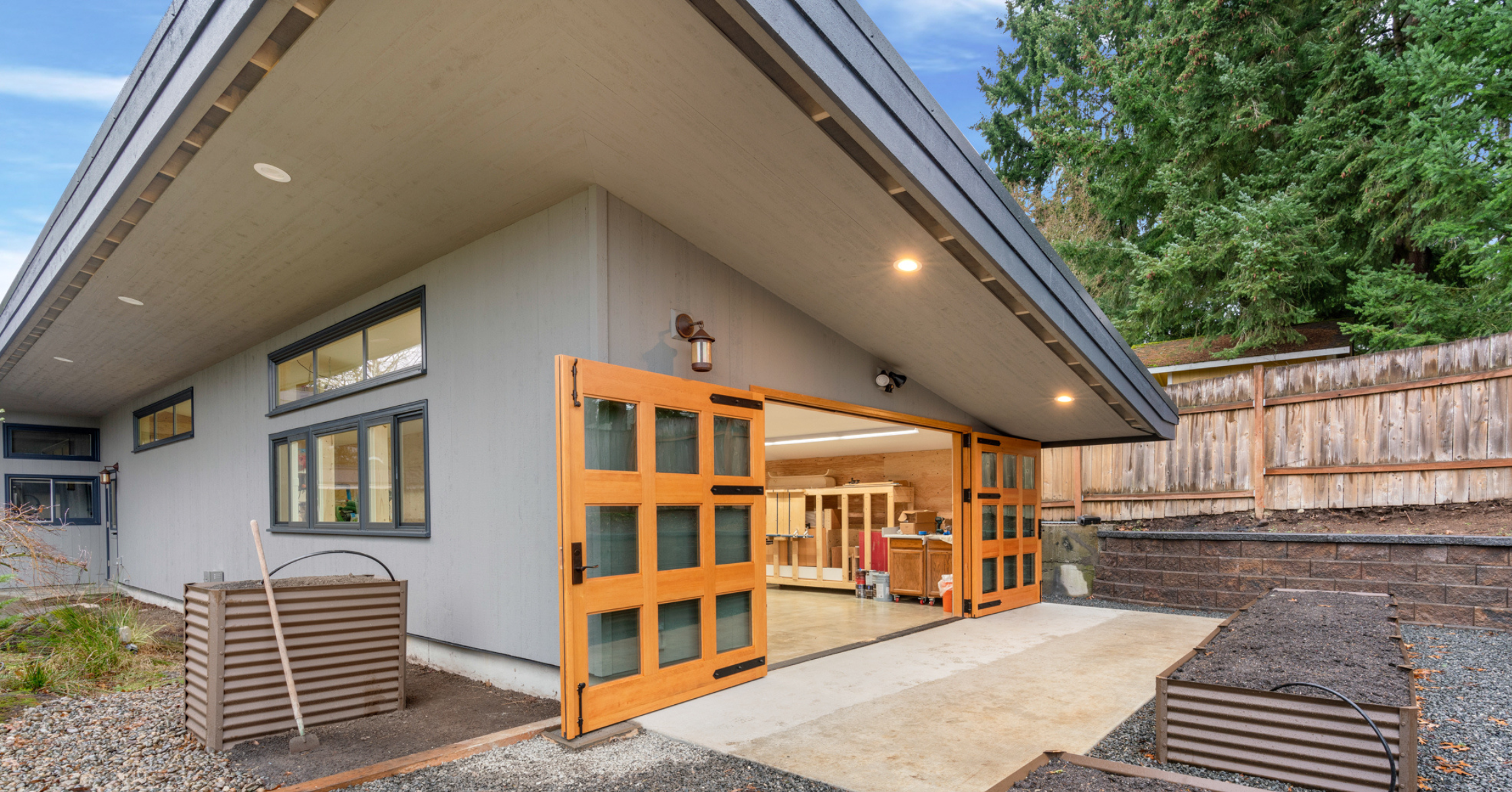
.png?width=732&height=196&name=The%20Design-Build%20Process%20(1).png)


